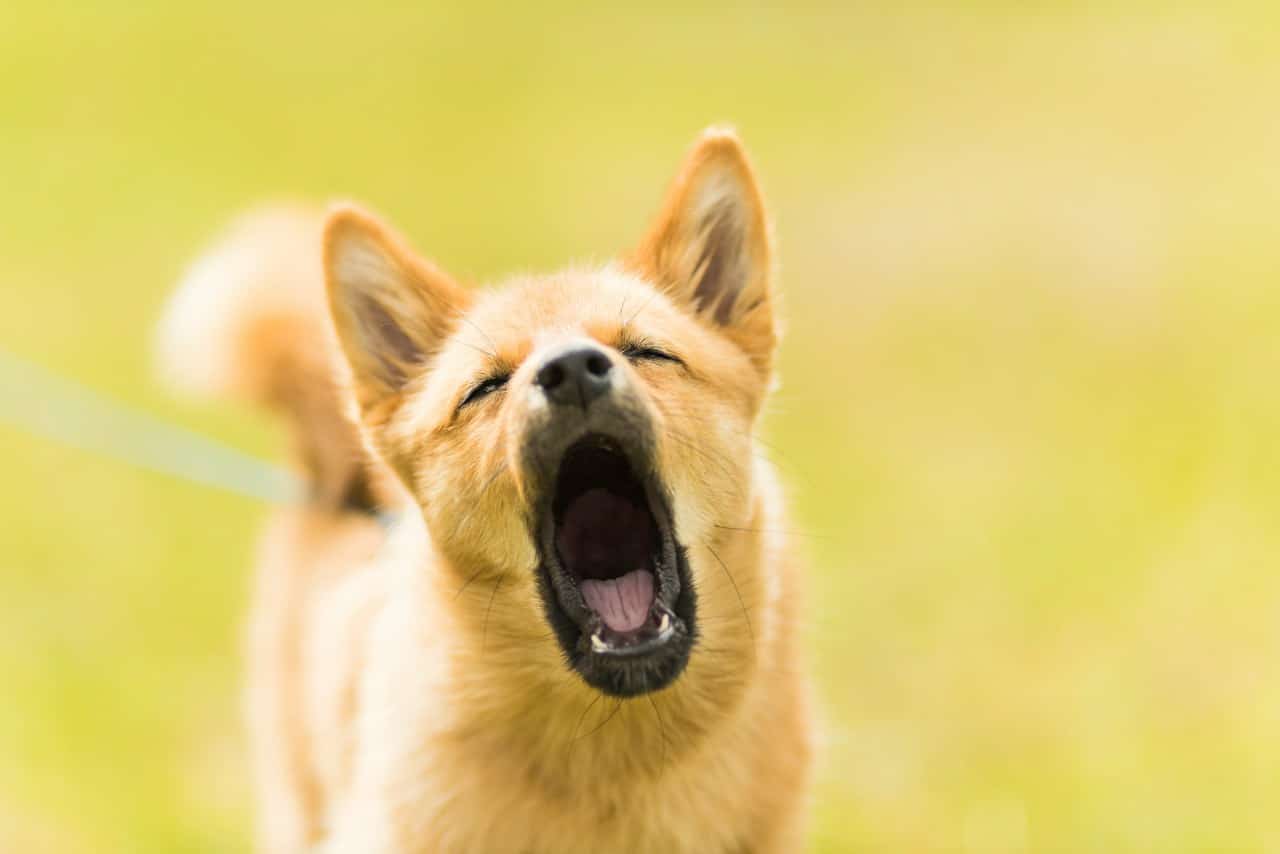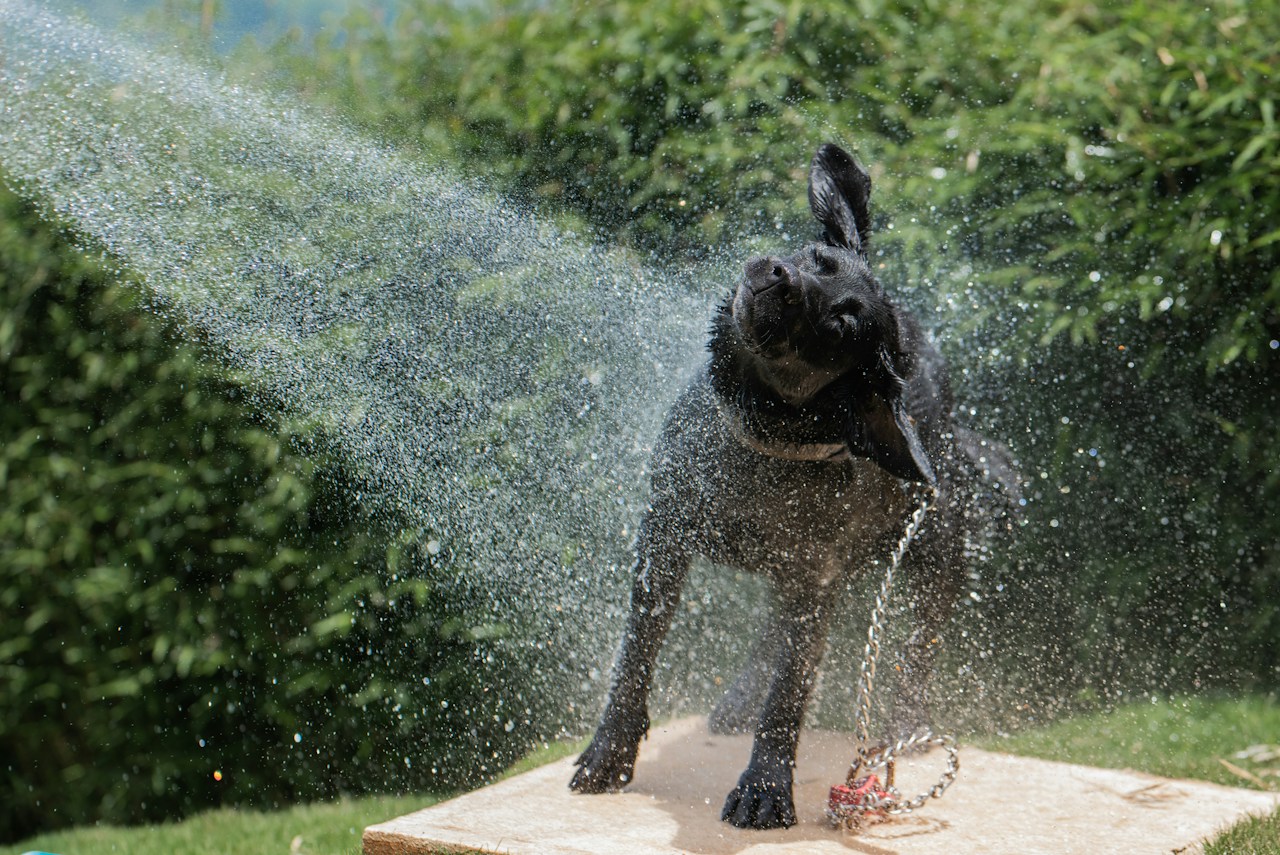The relationship with Fido is increasingly symbiotic, we also take him to the sea, but one question is in order: can the dog eat before the bath? Let’s see
CAN THE DOG EAT BEFORE THE BATH OR SWIM IN THE SEA?
With the arrival of summer, the long-awaited holidays also arrive. Bringing Fido to the sea is an extraordinary experience, but it must be planned. With this in mind, it is important to know if the dog can eat before the bath. There is a bit of confusion about it, we intend to clarify.
Does our four-legged friend’s digestion work like ours? Does he have to wait two, three, or four hours, or can he jump into the waves at any time, as long as we agree and it’s not an act of disobedience?
Fido’s digestion
To understand if the dog can eat before the bath, we need to focus on the mechanism that regulates his digestion. Surely a mistake that many make, especially with specimens of a certain size, is to believe that our four-legged friends can eat anything. Nothing could be more wrong: the saying “we are what we eat” applies to both bipeds and quadrupeds.
The digestive system of Fido, in fact, has the organs that any other mammal has, indeed: he has a much more sensitive gastrointestinal tract than ours and it is not certain what we can eat without any consequence he can ingest. In this regard, it may be useful to know the prohibited foods for the dog.
The diet of our faithful friend must be healthy and balanced, studied by a trusted veterinarian – who knows any previous clinical and breed characteristics – to take into account many factors: age, weight, and health conditions above all. But let’s see how Fido digests.
The first digestion occurs in the mouth, this is because our furry loved one has a different oral cavity than the human one and his teeth are able to mince food much more than us bipeds before swallowing.
Immediately in this first phase, the food that our four-legged friend likes so much reaches the stomach, which can become three times larger than its original size. Like their wolf cousins, in fact, dogs are predators that – when they live in the wild – do not have the opportunity to eat every day: the digestive system allows them to store food that allows them to survive when there is no possibility of hunting. In short, a sort of natural pantry.
The stomach and pancreas, therefore, have the task of producing the enzymes that are used to break down food. Not only is Fido’s digestive process very different from ours, but it also changes from specimen to specimen (mainly breeds and sizes affect).
Wet food VS dry food
To know if the dog can eat before the bath, it is necessary to distinguish between types of food. In fact, the digestion that dry food requires is not the same as that of wet. The former may take twice as long to decompose than the latter.
Generally, four to six hours are sufficient for pâtés and morsels in sauce; for croquettes from eight to ten hours. The advice of veterinarians who talk about a single daily meal for adult specimens depends on this assumption. Some, however, divide the same quantities in two. Before taking initiative and resorting to do-it-yourself, however, we always wait for clearance from the nutrition specialist.
There is a preference for many small snacks so as not to subject the digestive system to long breaks, but everything must be evaluated according to the number of calories that the individual can burn.
The digestion of puppies
As previously mentioned, not everything said so far is valid regardless of age, on the contrary: this is a determining factor in the decisions concerning the correct nutrition of our four-legged friend. In fact, between a puppy and an adult specimen, there are substantial differences.
A puppy, before weaning, drinks only its mother’s milk. Then, the gradual transition to solid food begins but try different intermediate textures first. With them, the nutritional values also change. An adult dog doesn’t need the same formula as adults, for example.
Newly weaned Fido is best to eat (if the vet agrees) good quality milk (if well tolerated) with very finely minced meat. Then a mix of meat or fish, puffed rice or cereals, mineral salts, and vitamins A and D, a must in the first months of life, will be added.
These nutrients are responsible for promoting bone calcification, as does cod liver oil, which contains vitamins that are useful in helping the digestive process.
According to the type of diet chosen – whether natural, Barf, industrial or mixed – obviously the assimilation times vary and play an important role in the management of a day at the beach. But let’s see what the experts think about it.
Expert opinion
Can the dog eat before bathing? Answering this question, even though some stakes have already been mentioned and guidelines defined, are not simple and immediate. In fact, there are many aspects to consider.
What they all agree on is that it is important to provide the dog with a relatively light morning meal, so as not to burden our four-legged friend too much and allow him to enter the water without risk. Not to be underestimated, in fact, are the hours that Fido can spend in the sun without being a victim of sunstroke (which in the most serious cases can lead to dehydration and death)
Let’s calculate the times well and let him eat a few hours before arriving at the beach. If our concern is that he may be hungry during the trip, we can always bring light and healthy snacks with us that will not make him go hungry.
Keep in mind that it is still a momentary appetite and that we must not upset the daily calorie intake. There are specimens more subject to being overweight which, if they become obese, can also incur pathologies of a certain entity.
All this also depends on the temperature of the water: if it is too cold it is always better to wait for the hottest band of the day to arrive. In this regard, it may be useful to learn more about the quadruped-sunscreen ratio.
At the moment there is no single theory, we can rely on the recommendations of a trusted veterinarian and take into account the digestive mechanism of Fido. The goal must be to spend a beautiful day by the sea, at a lake, or on the banks of a river.


